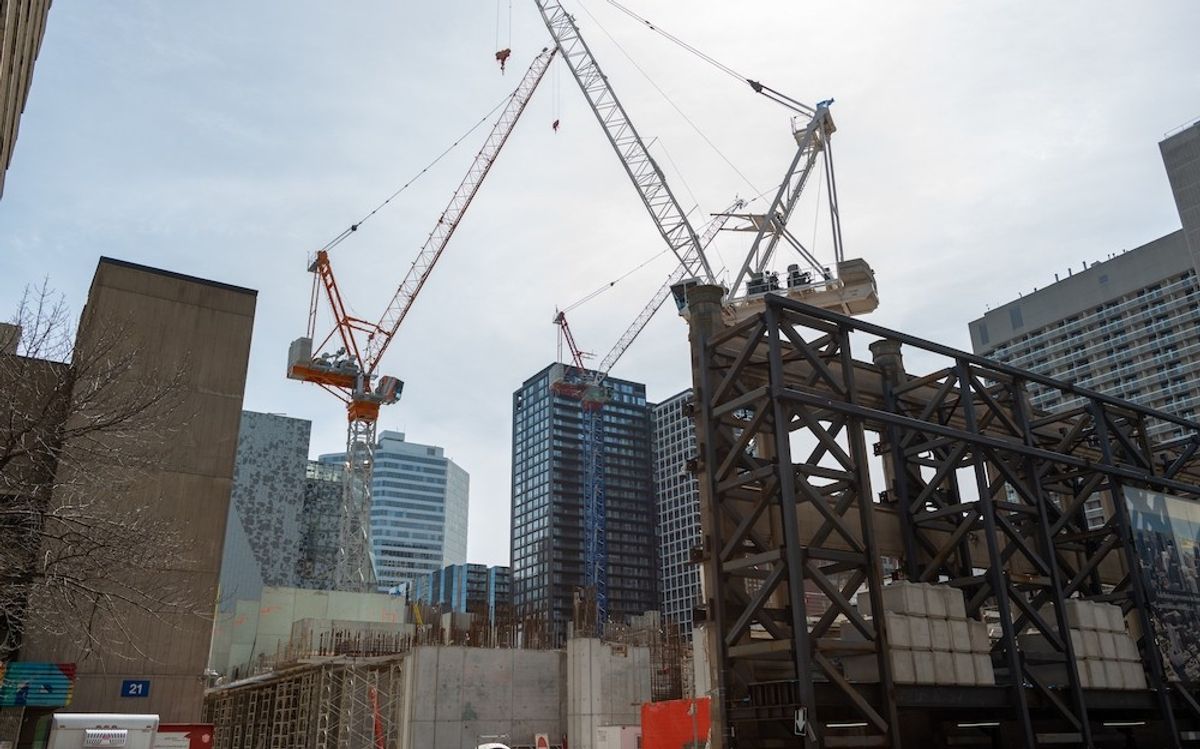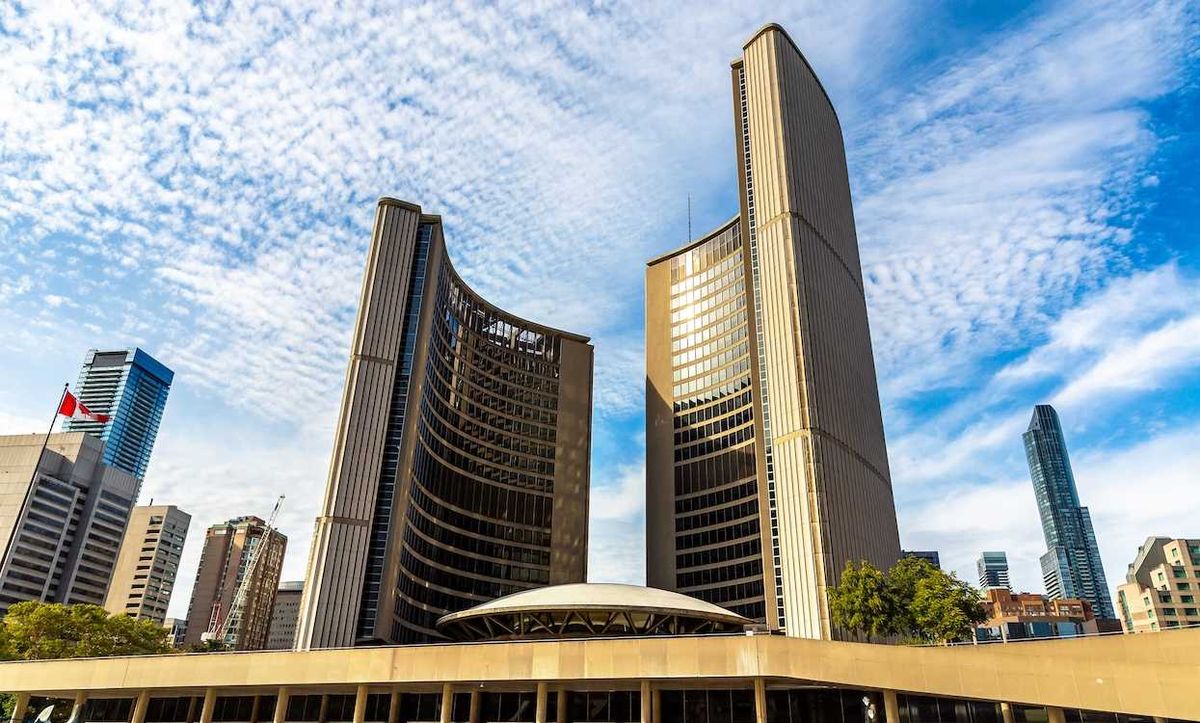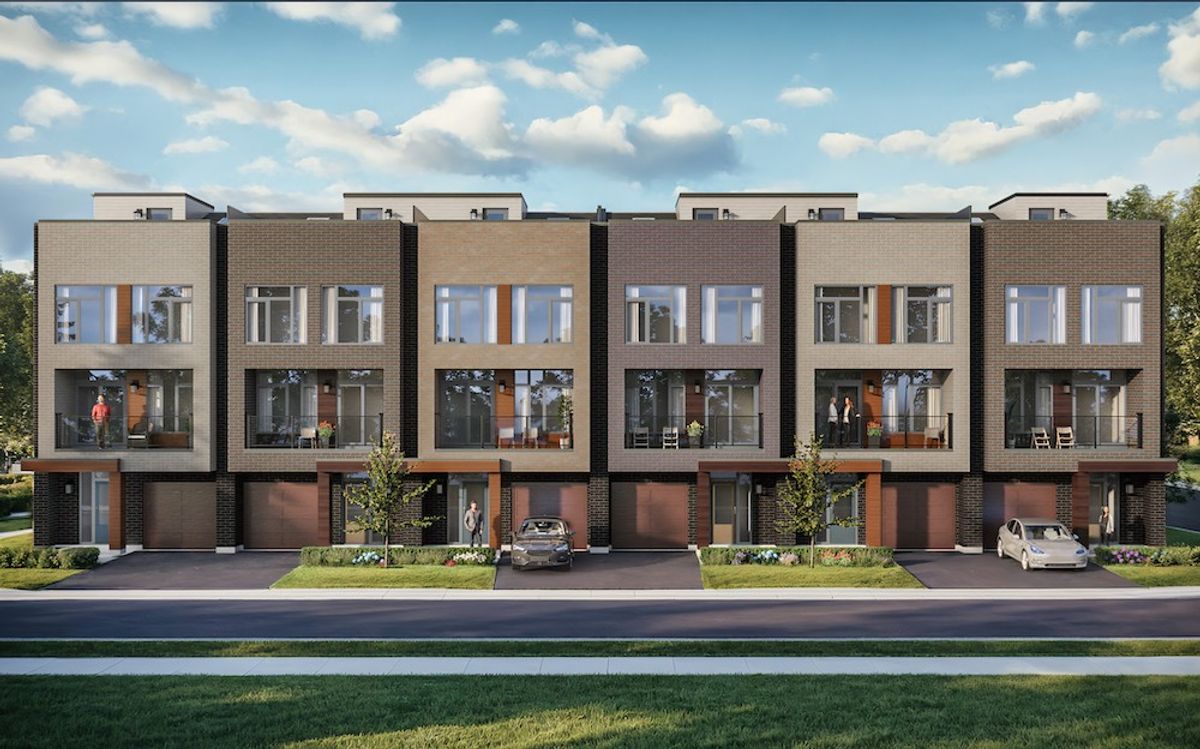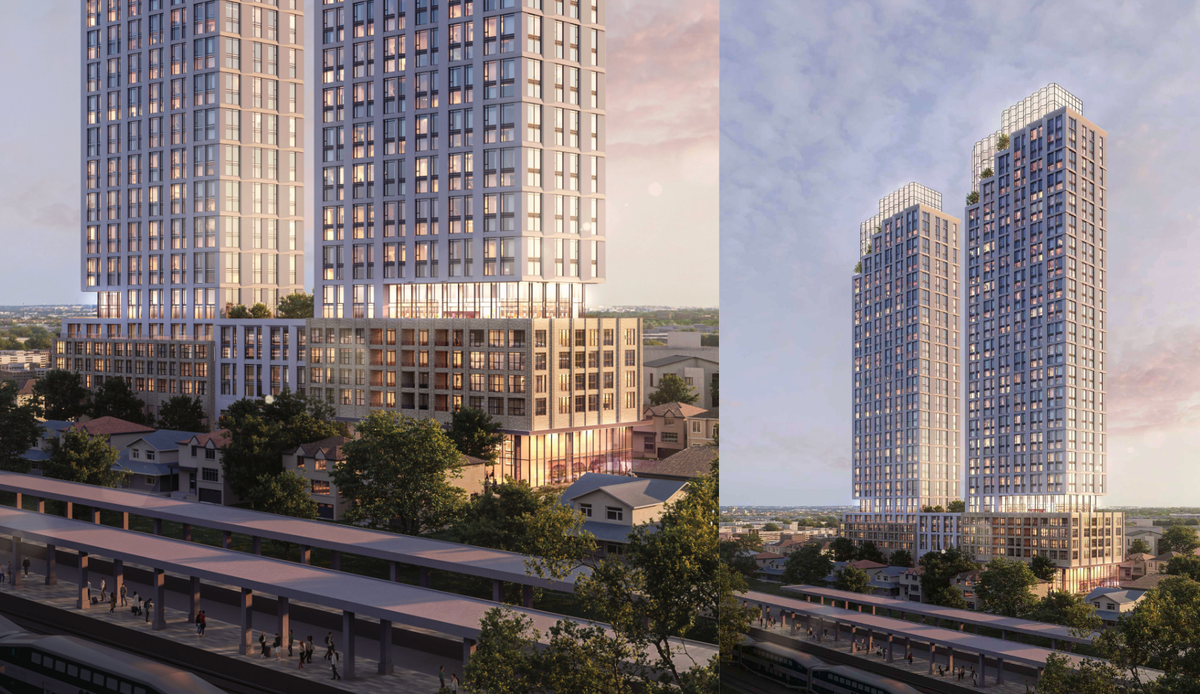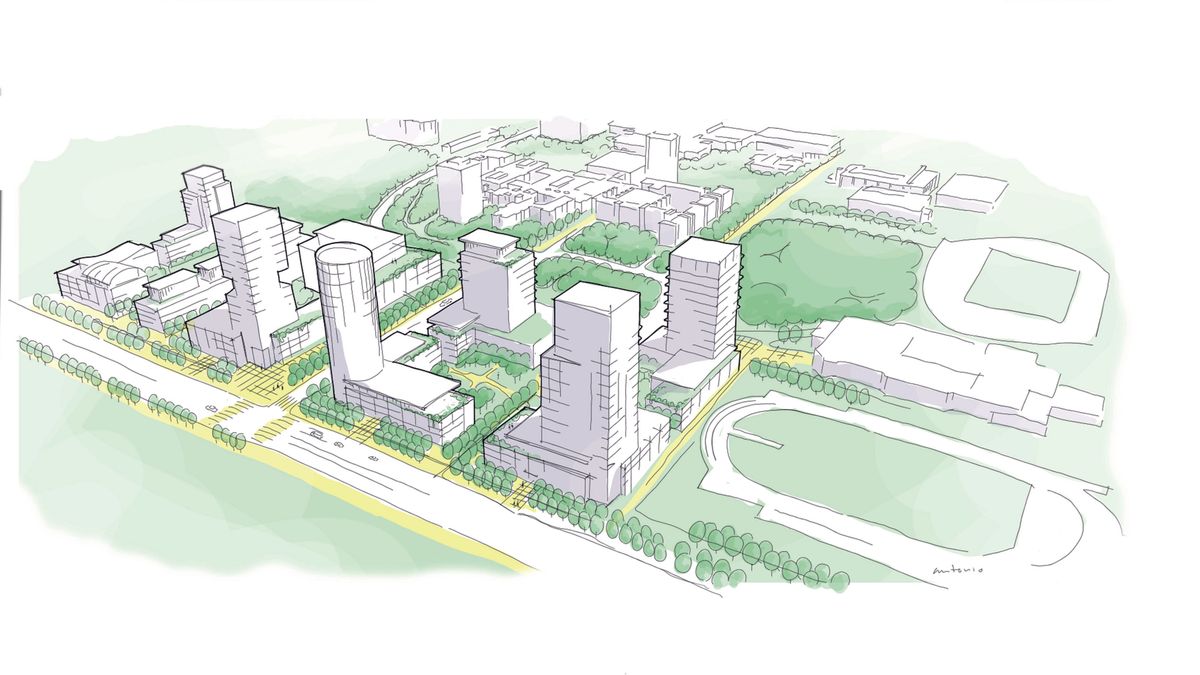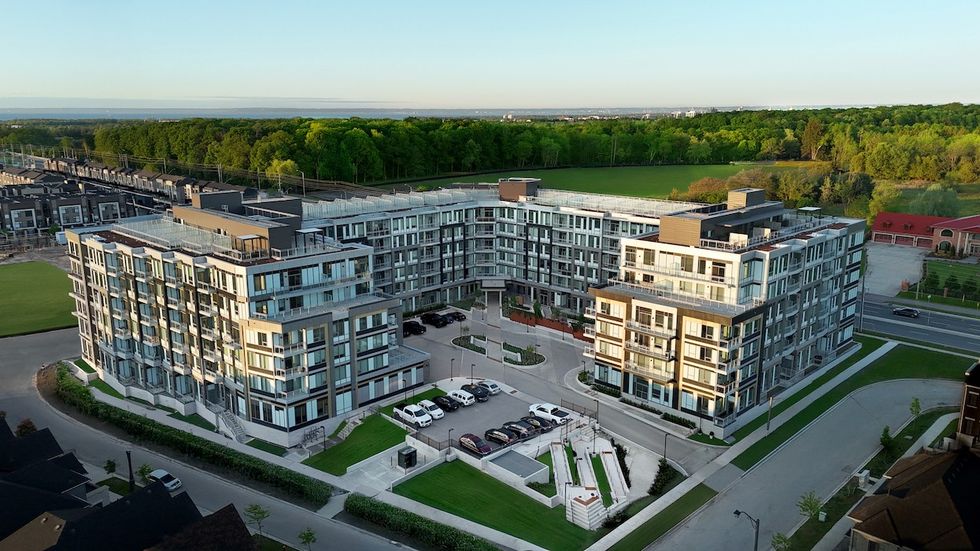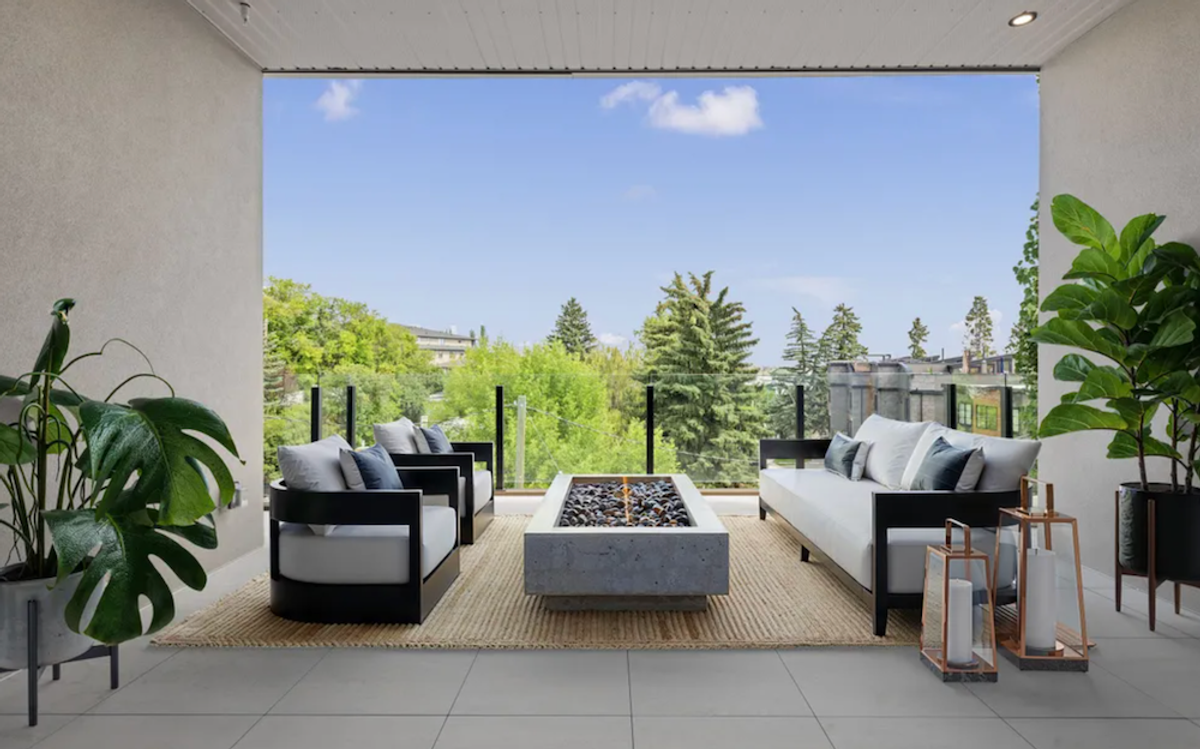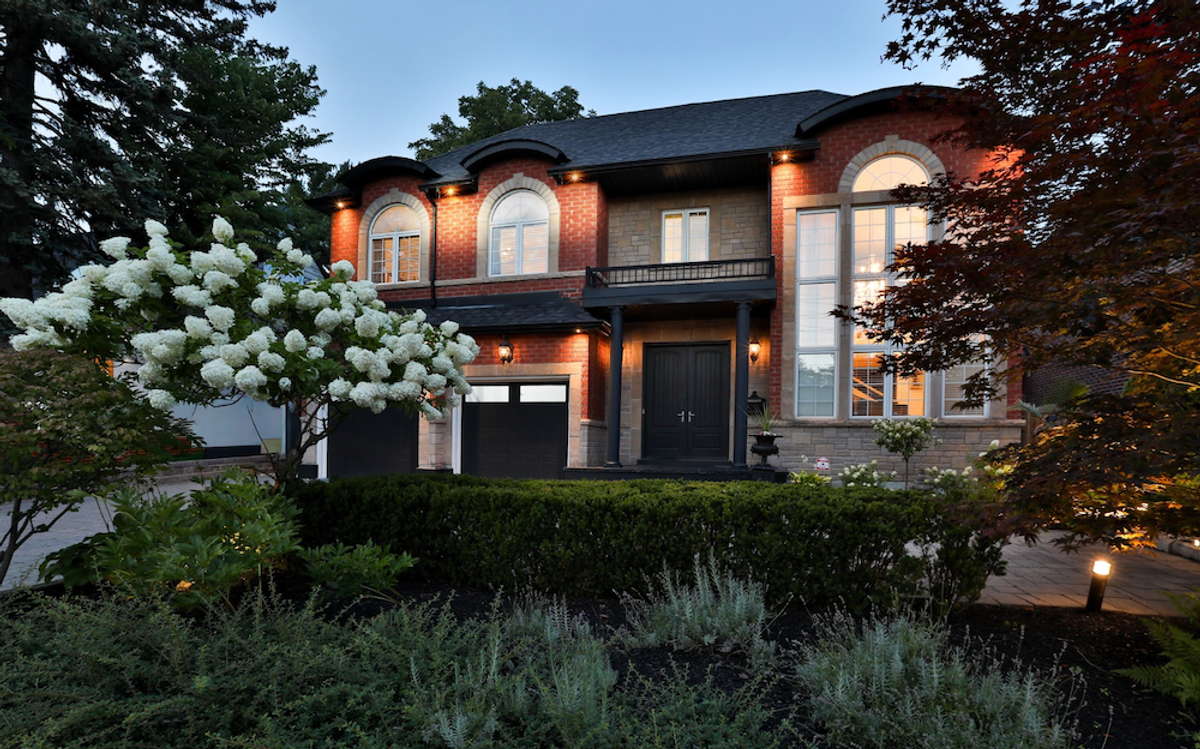This month, instead of diving into the usual data and policy rants, we’re shifting the focus to home buyers and renters themselves — exploring how demographics might offer new insights into the housing crisis.
In 2013, I stood on a real estate conference stage and made what felt like a long-range, maybe-even-foolhardy prediction: the Canadian housing market would crash in 2025.
A friend reminded me of this recently; it seemed, to him, like I had been right.
And in some ways, I suppose I was. Only, not for the reasons I had then thought.
At the time, I believed the housing market would buckle under the weight of Baby Boomers aging out. My thinking was simple: Boomers were the biggest, wealthiest generation in Canadian history. By 2025, the oldest among them would start dying off in significant numbers, unleashing a surge of supply into the market — which would finally pop the balloon.
That part? Dead wrong.
There’s been no great flood of listings (at least at the top end), no market crash, no sudden unlocking of supply of baby boomer homes. What we’re seeing instead is something slower, more structural, and ultimately harder to unwind. The collapse is happening at the wrong end: in the entry-level urban condo segment, where new inflow housing is needed.
My updated hypothesis is this: the housing market isn’t about to burst. It’s jammed.
Two Housing Systems, One Market
Let’s stop pretending there’s one housing crisis. There are two — one visible, one structural — and they’ve split the Canadian market in half.
Group A: The Housed and The Waiting
This group includes the Baby Boomers and many of their adult children. Boomers still control nearly half of Canada’s real estate wealth. Much of that wealth sits in mortgage-free, detached homes — often with two bedrooms too many and one resident too few.
Their kids, meanwhile, are often highly educated, steadily employed, and many still… living at home. In 2021, 35.1% of Canadians aged 20–34 lived with their parents, according to Statistics Canada. In Toronto and Vancouver, it’s closer to 50%. That stat spans the children of late Boomers and early Gen Xers — and includes people who are waiting not for an opportunity, but for an inheritance.
In other words, these Canadians aren’t locked out of housing — they’re just stuck in the hallway, waiting for the keys.
Group B: The Locked-Out
This group isn’t waiting for a family transfer. They’re just waiting for a chance.
They have no real estate legacy, no mortgage-free home to inherit, and increasingly no access to stable rental housing. These are the people priced out of homeownership and out of the supply-constrained affordable rental market. For them, there’s no fallback. No family basement. No wealth on the horizon.
This is where the real crisis lives. Because even the affordable housing that should serve this group — mid-tier rentals, starter homes, purpose-built housing — is half-filled with kids from Group A who are paying premiums to secure a home-base as they wait for their inheritance, and in the meantime, nothing new is getting built.
The Boomer Bottleneck
It’s tempting to blame the usual suspects: foreign buyers, rate hikes, developers, flippers. But today’s jammed-up market has a less obvious culprit: time itself.
They’re aging in place, staying in homes that would traditionally cycle back into the market when their kids moved out or when it came time for care. The majority of seniors live in single family homes. Although that number decreases with age, still at 85 and over, roughly the same number of seniors are living in a single family home as have moved to collective dwellings. In short, the family home has become a fortress of individual aging, not intergenerational mobility.
This isn’t about hoarding. It’s about design.
The infrastructure — and the will — simply isn’t there to support senior transitions:
- Downsizing is fraught with costs, or is disincentivized
- Long-term care is expensive and hard to access
- Age-appropriate housing is in short supply
- Capital gains exemptions make it financially illogical to sell, even if you want to
- A boomer’s nostalgia and connection to home is far stronger than any external motivator
Meanwhile, Boomer wealth — once quietly funding rental property investments directly or through children — has gone into hibernation too. Policy shifts have villainized investors and disincentivized the very capital that used to build and finance rental supply. Now, that money sits in paid-off homes, underused and under-leveraged.
Turnover Is Coming — But Are We Ready?
The oldest Boomers turn 79 this year — and over the next five to ten years, many will surpass the Canadian life expectancy (79.3 years for men, 83.5 years for women).
So yes, the turnover I predicted is still coming. Just slower, and with a very different set of complications.
A 2023 report by the CPA (Canadian Professional Accountants) estimated over $1 trillion — made up largely by housing wealth — will transfer to younger generations by 2026. But that has not proven to be the silver bullet people thought it would be. Evidently, it could take even longer, as most of that transfer will happen slowly — via probate, trusts, delayed sales, or rental conversions — and will benefit only those already positioned to receive it.
In many cases, inherited homes aren’t even being lived in. They’re turned into short-term rentals, vacant investments, or they’re simply held onto. This does nothing for Group B — the people who were never going to inherit a thing, but need a place to live now.
Policy Paralysis and the Immigration Freeze
When affordability anger peaked in 2023 and 2024, the government responded by doing what looked like something: capping immigration through 2026, and cutting back on international students and temporary foreign workers.
The logic? Fewer people, less demand, lower prices.
The problem? That logic only works if you think the issue is too much demand. But the real issue might be zero turnover.
But if it’s an outflow issue, newcomers don’t compete for Boomer homes or their children’s inheritance. They rent. They fill purpose-built housing. They justify new starts and keep the rental economy viable by continuing to cycle new inventory into the system, which creates affordability around old inventory and smaller units. When you shrink immigration and discourage investors at the same time, you kill demand and stall construction at the inflow side of housing supply — and further entrap Group B, who can’t compete, on price, with Group A for the limited supply available.
So what’s left?
- Boomers aren’t selling
- Developers aren’t building
- Immigrants aren’t arriving
- Young adults aren’t buying
That’s not a housing bubble. That’s a housing coma.
What We Should Be Doing Instead
We don’t need to cool the market. We need to circulate it.
For Boomers:
- Incentivize downsizing, don’t penalize it.
- Reward the sale of legacy homes to developers creating density or reward the transfer — now — to adult children who will occupy it.
- Expand age-appropriate housing, senior-focused co-housing, and community care transitions that seniors want.
- Stop designing tax policy that traps wealth in underused homes, and certainly don’t try to unlock it with further tax disincentives that lead to deeper protectionism.
For Builders and Group B:
- Reframe housing investors — especially those using Boomer capital — as partners, not predators.
- Incentivize the mobilization of under utilized homes instead of trying to penalize it.
- Re-link immigration targets with regional housing starts.
- Stop forcing expensive age-in-place and accessibility building standards that make entry level projects unbuildable and further promote bottlenecks in supply turnover.
- Plan for each part of the continuum, not for the plan that gets you the most votes.
- Once you get the projects built, back Group B with downpayment and mortgage support that Group A gets from their boomer parents.
Final Thought: The Boomers Still Hold the Key — Until They Don’t
Boomers aren’t the villains here — they’re simply the gravitational centre of a system that was never updated. But as a cohort, they still control the flow of housing: through the homes they live in, the wealth they hold, and the policies shaped in their image.
That control won’t last forever. A massive transition is coming; in fact, maybe it has already begun. But it isn't happening fast enough.
The question is whether we can use this transition to unclog the system now — or allow a generational wealth transfer to deepen the divide between the housed and the hopeless.
The time to act isn’t after the turnover. It’s today, while we still have a chance to manage it.
In keeping with our series on innovating our way out of the housing crisis, it’s clear to me that we need to add “Boomer housing gridlock” to the list of actionable solutions.
This article is authored by Ben Smith, President of AVESDO: a Canadian software company harnessing the power of data to help real estate professionals make better, faster, and more informed sales decisions.
______________________________________________________________________________________________________________________________
This article was produced in partnership with STOREYS Custom Studio.


